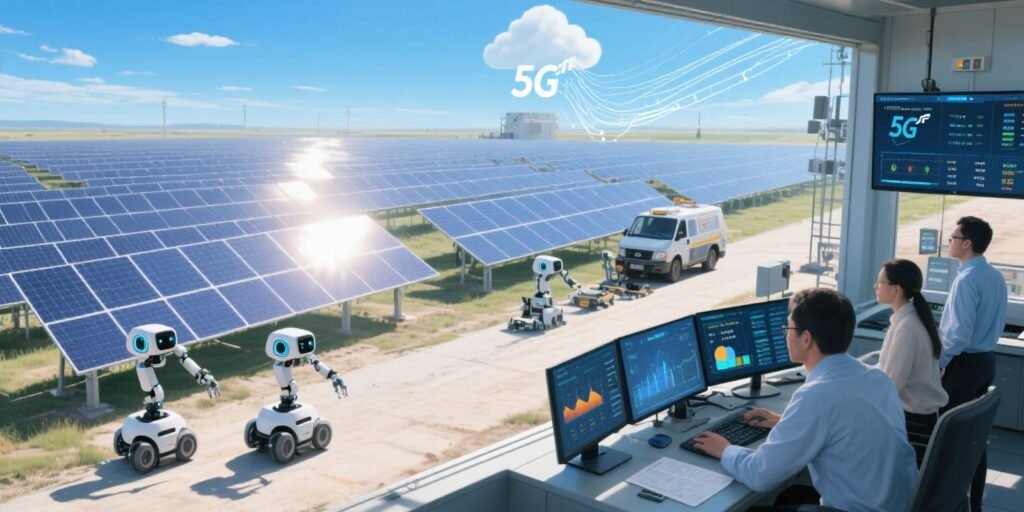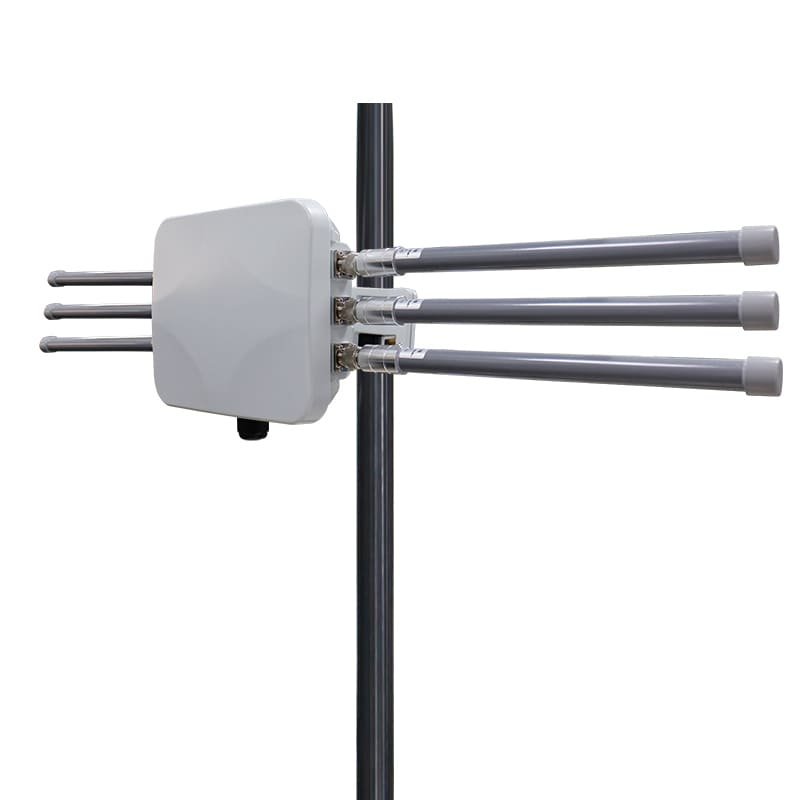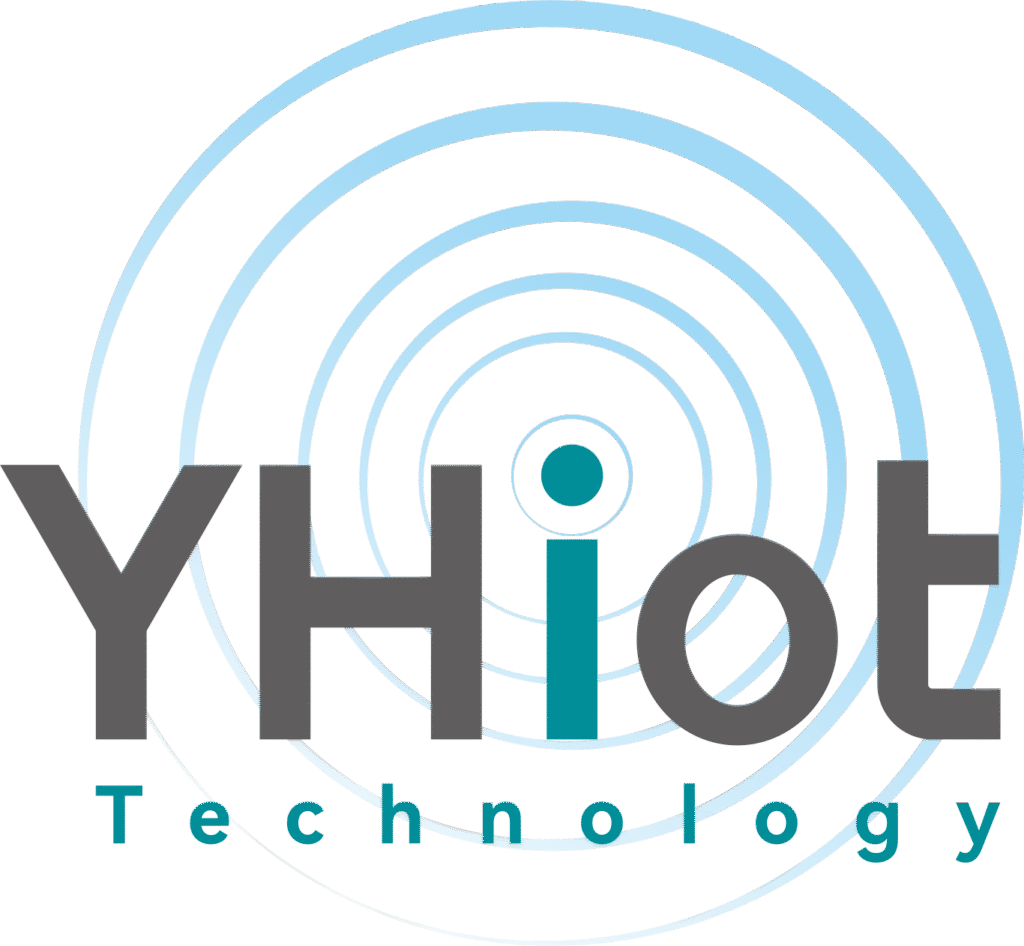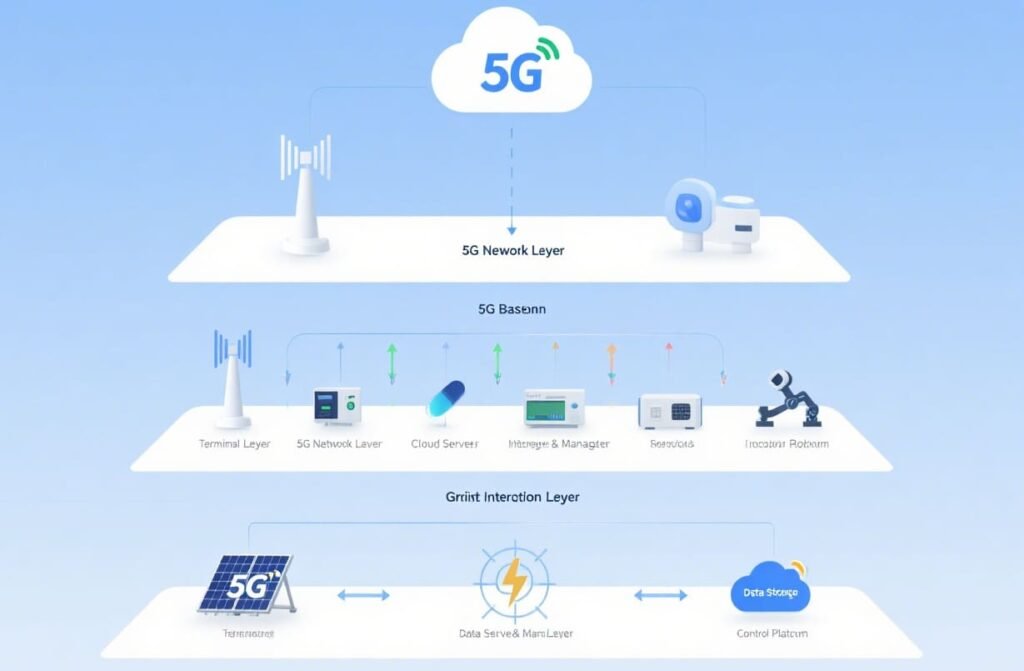5G solutions for the Solar Power Industry
In recent years, the integration of 5G technology into the photovoltaic (PV) power generation industry has emerged as a significant trend, revolutionizing the way PV power plants operate and manage. Meanwhile, the PV power generation market shows promising prospects, driven by technological advancements and global efforts towards sustainable energy.

5G Application Scenarios in PV Power Plants
Real – time Monitoring and Control
PV power plants consist of numerous solar panels, inverters, and other equipment spread over a large area. With 5G’s high – speed data transfer and low latency, real – time monitoring of the entire plant becomes possible. Sensors installed on solar panels can collect data such as temperature, irradiance, and power output. This data is then transmitted to the control center via 5G network in real – time. Operators can monitor the status of each component, detect any anomalies promptly, and adjust the operation parameters of the plant to optimize power generation. For example, if a particular solar panel has a lower power output than normal, operators can quickly identify the issue and take corrective actions, such as cleaning the panel or replacing a faulty component.
Predictive Maintenance
5G enables the collection of a large amount of equipment operation data. By using artificial intelligence and machine learning algorithms, PV power plant operators can predict potential equipment failures before they occur. For instance, vibration sensors on inverters can send data to the cloud server through 5G. The server analyzes the data to detect early signs of mechanical wear or electrical problems. This proactive approach to maintenance reduces downtime, extends the service life of equipment, and lowers maintenance costs.
Robotic Operation and Inspection
In PV power plants, robots can be used for tasks such as panel cleaning, inspection, and repair. 5G provides the high – speed and reliable communication required for the remote control of these robots. Robots can be equipped with cameras and sensors to detect dirt, damage, or other issues on solar panels. The real – time video and sensor data are transmitted back to the control center via 5G, allowing operators to remotely control the robots to perform necessary operations. This not only improves the efficiency of operations but also reduces the risk of human exposure to harsh environmental conditions.
Energy Management and Grid Integration
5G helps PV power plants better integrate with the power grid. Real – time data on power generation, consumption, and grid demand can be exchanged between the PV power plant and the grid operator. Based on this data, PV power plants can adjust their power output in real – time to meet the grid’s requirements, contributing to the stability and reliability of the power grid. For example, during periods of high electricity demand, PV power plants can increase their power output, while during low – demand periods, they can reduce it.
Network Topology of 5G in PV Power Plants
Terminal Layer
At the bottom layer, there are various terminal devices in the PV power plant, including solar panels, inverters, sensors, and robots. These devices are equipped with 5G communication modules to transmit data.
5G Network Layer
The 5G base stations form the network layer. They receive data from the terminal devices and transmit it to the cloud server. The 5G network provides high – speed, low – latency, and reliable communication channels.
Cloud Server and Management Layer
The cloud server stores and processes the data collected from the PV power plant. Management platforms on the cloud server allow operators to monitor the plant’s status, analyze data, and issue control commands.
Grid Interaction Layer
This layer involves the interaction between the PV power plant and the power grid. Through 5G communication, the PV power plant can exchange data with the grid operator to achieve optimal power generation and grid integration.
Market Prospects of Photovoltaic Power Generation
The market for PV power generation is expected to continue its rapid growth in the coming years. The increasing global demand for clean and renewable energy, along with government incentives and policies promoting the development of the PV industry, are the main driving forces.
Technological advancements are also playing a crucial role. The continuous improvement in solar panel efficiency, the development of energy storage technologies, and the integration of smart technologies such as 5G are making PV power generation more reliable, efficient, and cost – effective.
In addition, the growing awareness of environmental protection and the need to reduce carbon emissions are leading to a shift from traditional fossil – fuel – based energy sources to PV power generation. As the cost of PV power generation continues to decline, it is becoming more competitive with traditional energy sources, further expanding its market share.
In conclusion, 5G technology is bringing significant improvements to the operation and management of PV power plants. Coupled with the promising market prospects of PV power generation, the future of the PV industry looks bright.


